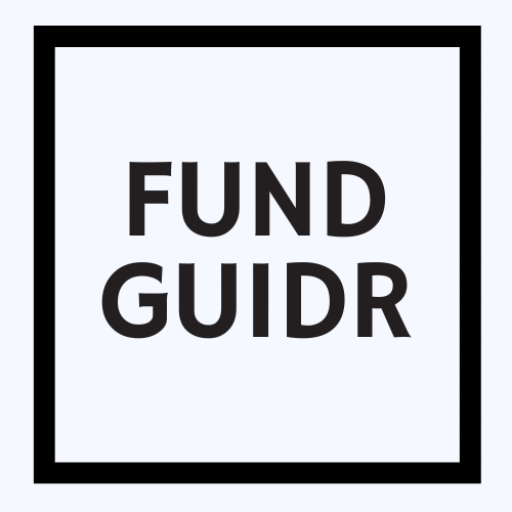Types of income, Part 2. Active income
When in the first article we looked at passive income concept and myths, we will now focus on what is the main source of finance for most people - the active income. It's the return you earn for your time, knowledge and skills. Your salary, freelance project fees or business income are all examples of active income. Without a strong active income, it is almost impossible to create passive sources of income, which often require seed capital. Therefore, active income is the foundation of a financial future on which to build.

Active income is not just a wage number
At first glance, active income seems simple and linear: you work and you get paid. But it's actually a dynamic area that you can consciously develop. There are three main strategies for boosting your income, which are applicable in any economic environment.
1. Paid work
For most people, paid work is their main source of income. Paid work should not be taken simply as a monthly income, but as a strategic means to achieve one's financial goals. It means developing your skills and negotiating to improve your position.
- Skills development: If you want to earn more, you have to be more valuable. Invest in yourself by learning new skills. Focus on the skills that are in demand in your field. For example, if you work in marketing, learn to use data analytics or artificial intelligence tools. This will increase your market value as an employee.
- Negotiation skills: Many Europeans, especially in the Baltic countries, tend to ask for a rather modest wage. Salary negotiations is not just a demand, but rather an argument for its value. Before negotiating, do your homework: research market salaries for similar positions, outline your achievements and the value you add to the company. Don't be afraid to ask, as companies often have room to negotiate and often don't offer the maximum possible salary in the first offer. For example: make a list of your achievements over the past year and measure their impact on the company. What percentage increase in sales did you achieve? How much time did the new system you implemented save?
2. Freelance work and side jobs
Another great way to increase your active income is freelancing or side work. Nowadays, the internet is full of platforms that connect freelancers with companies looking for clients. You can offer your services, be it graphic design, content creation, web development, translation or data entry.
- Benefits: It's a great way to use your skills without having to leave your main job. It offers flexibility and allows you to directly influence your income.
- Case study: additional work by Andrese Andres is an IT professional with a stable salary. But he wants to raise money for his dream house. Over the years, he has acquired excellent web design skills. He decides to create websites for small businesses on the side. The work is busy at first and requires evening hours, but every euro earned is extra money that goes directly to fulfilling his goal. One client leads to another, and over time he builds up a regular clientele. His side income grows to a considerable amount, significantly accelerating his financial goals.
3. Entrepreneurship
The biggest potential for increasing active income lies in entrepreneurship. You can create your own product or service, set the price and control your profits. The first step is often a small side project that grows over time into a larger business.
- Example: You start selling handicrafts Etsy's or set up your own small online shop. You start by offering training courses that later grow into a large series of courses.
How to build a bridge between active and passive income?
This is what makes your financial planning real and workable. It's easy to talk about increasing your income, but the main goal is to put that increased income to work for your future. Here are three key steps.
Step 1: Create a realistic budget and find "spare cash"
Before you can invest, you need to know where your money is going. Create a simple Budgetwhere you record all your monthly income and expenditure. Analyse your spending and find categories where you can save money. This 'spare cash' is your potential investment capital. Every euro you save on expenses is a euro earned that you can put towards your financial goals.
Step 2: Automate investing
The most effective way to start investing is to start with the automation. Remember that generating passive income often starts with being active. Most European and Estonian bank accounts allow you to set up a standing order. Set up a monthly standing order on your investment account, for example the day after payday. This way you invest before you have a chance to spend the money. Your investments will grow automatically without you having to think about it every month. This simple step removes the emotion and ensures consistency.
Step 3: Invest for the long term and in a diversified way
Passive income is a long-term game. Don't expect to get rich quick. If you invest in equities, index funds or mutual funds, do so with a long-term vision. Choose a strategy that spreads risk (e.g. by investing in a broad-based ETF that includes hundreds of companies). The longer your investment horizon, the more likely you are to earn positive returns over the long term.
Summary
Passive income is not a myth, but it is not free either. It requires time, money and discipline at the start. The most important thing is to understand that it is a long-term strategy. By starting early, your 'money tree' will grow large and fruitful over time, giving you financial freedom and choice in the future.
In the next article, we will delve into the world of active income and explore how to make the most of your main source of income to build a strong foundation for both passive and active income growth.
